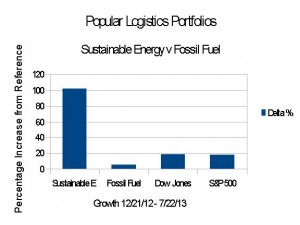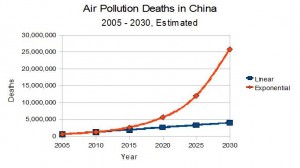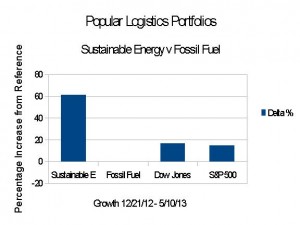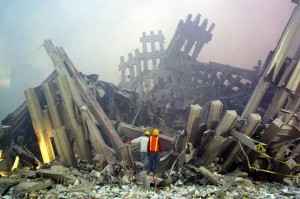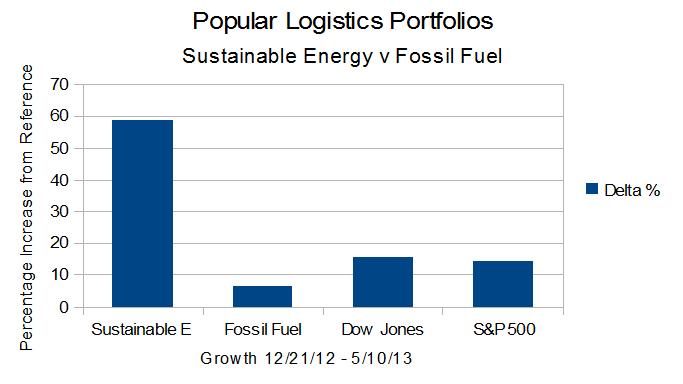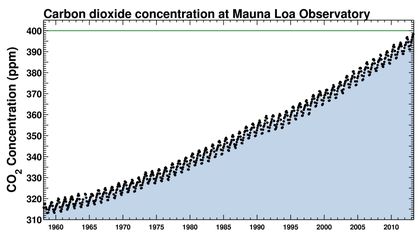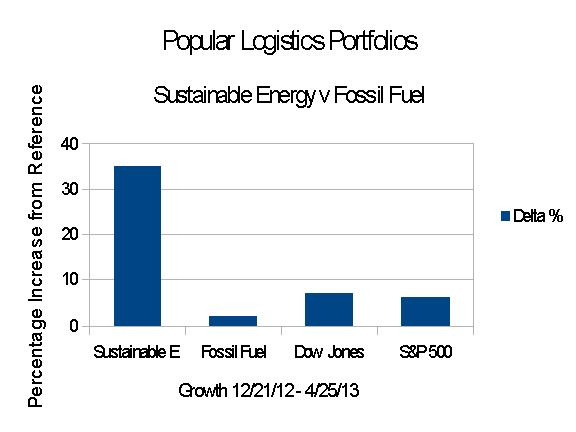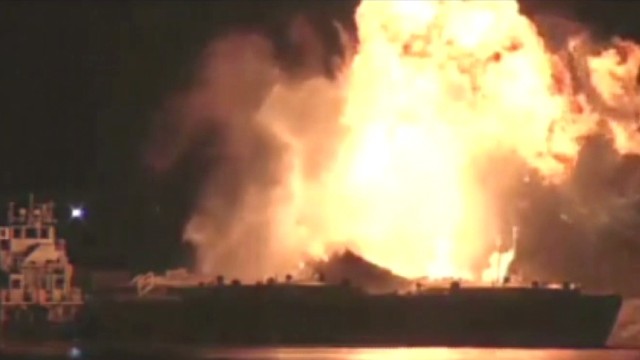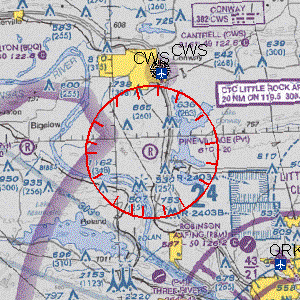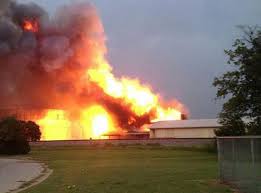
West Fertilizer Explosion. Courtesy Mother Jones.
West, Texas. April 18, 2013. An explosion during a fire at a fertilizer plant in West, Texas killed 35, including at least 10 firefighters and EMS responders. At this time, 6 other EMS responders are missing. If not found alive, and the outlook appears grim, the death toll will jump to 41, including at least 16 First Responders. This is a devastating loss of first responders in a community of 2600 and a tragic loss to the families and friends of those killed. 160 people were injured, according to CNN, here.
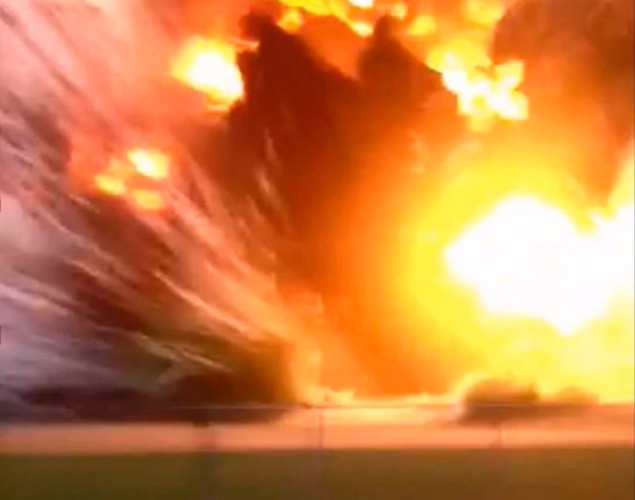
Detail of the Explosion
This news clip, from CBS, reports, “The explosion, with the force of a small earthquake, was felt 15 miles away. The blast knocked out windows half-a-mile away.”
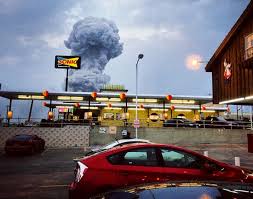
Cloud from explosion at Texas fertilizer plant.
West Fertilizer Company may have been negligent – that’s for the courts to decide.Ricardo Lopez, writing in the LA Times, reported, “West Fertilizer Co. paid $5,250 last year to the U.S. Pipeline and Hazardous Materials Safety Administration, PHMSA, over violations discovered in 2011.” CBS also reported that the last EPA inspection was 1985 and that West Fertilizer Co was fined in 2006 for failure to implement a disaster plan.
The Houston Chronicle, reported, here, that
- West Fertilizer was cited in 2006 for lacking a permit,
- An intermediate school near the plant has been evacuated “more than once” due to fumes and pollution from the plant,
- The plant had not been inspected by Occupational Health and Safety Administration, OSHA in more than 10 years,
- West Fertilizer, incorporated in Texas in May 2004, did not get its state air pollution permit until 2007 after a complaint was filed about foul odors from the facility.
The Chronicle, also reported, here, that Donald Adair, the owner of Adair Grain and West Fertilizer, issued a statement Friday afternoon expressing sympathy,
My heart is broken with grief for the tragic losses to so many families in our community. I know that everyone has been deeply affected by this incident. Loved ones have been injured or killed. Homes have been damaged or destroyed. Our hearts go out to everyone who has suffered.
I was devastated to learn that we lost one of our employees in the explosion. He bravely responded to the fire at the facility as a volunteer firefighter. I will never forget his bravery and his sacrifice, or that of his colleagues who rushed to the trouble.
The citizens of Texas and of the United States need to decide if the regulatory regimes are inadequate. Government safety regulations are like government regulations prohibiting drunk driving. Drunk drivers don’t mean to do any harm, they just want to get home after having a good time. Remember that canonical accounting rule: “Assets = Liabilities + Owners’ Equity.” Business owners want to make money selling valuable products, and just want to add a few dollars to “Owners’ Equity” perhaps by subtracting a few dollars from the category of “Safety & Emergency Preparedness” in the “Liabilities,” column.
Final questions:
If fertilizer is so explosive why is it good to use on our lawns and use it to grow our food? What alternatives are available?
Mr. Adair sounds like an alcoholic who has just learned that he has killed someone after driving while intoxicated and crashing into another car. If we prosecute drunk drivers for killing by accident while under the influence, or creating what Justice Holmes called “A clear and present danger,” shouldn’t we prosecute owners of corporations for killing by accident, or creating a clear and present danger, especially when, as appears to be the case here, there is a pattern of disregard for regulation?
The staff, budgets, and authority of regulatory and enforcement agencies such as PHMSA, OSHA, and the EPA have been cut under the administrations of President George W. Bush and by the House of Representatives under the leadership of John Boehner. Should we continue to cut the staff and budgets of PHMSA, OSHA, EPA and other regulatory and enforcement agencies or should we rethink our approach to law enforcement and regulation?
